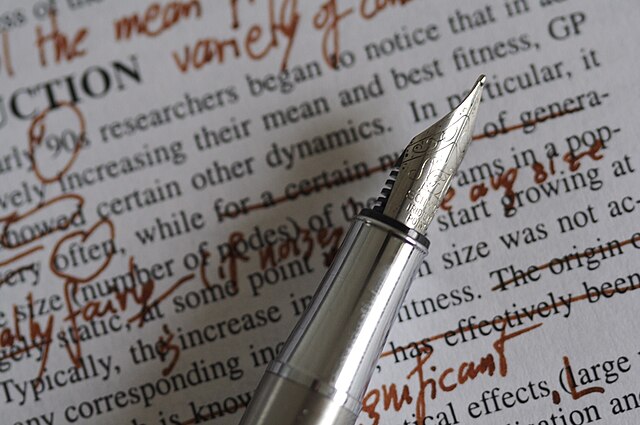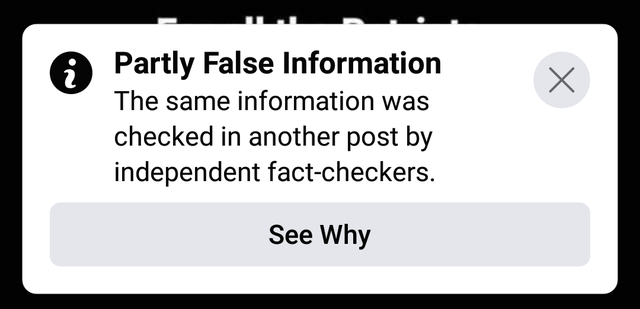Seeking Truth: A Step-by-Step Guide to Fact Checking

Like, share, scroll, repeat. On average, people spend hours repeating these actions without considering the accuracy of the content. There’s a crucial step in the cycle that people often forget, though: fact-checking. Get ready to learn about 10 quick and easy tricks to detect misinformation and stop it from spreading.
1. Think before you share
Before sharing something, remember to be skeptical. Information moves fast but misinformation travels six times faster.
2. Scrutinize the writing
Did the author use ‘affect’ instead of ‘effect’? Maybe the author is using too many prepositions and weak verbs. Clear and concise writing is a good sign that the author cares about their message and wants their audience to understand. Grammatical errors may be a red flag, telling you that the information is being hastily presented or fabricated to look real.
(Image credit: Wikimedia Commons/Nic McPhee)3. Conduct the sniff test
It’s helpful to ask yourself “Does this sound real or does something seem ridiculous?” Either way, verify it!
4. Verify the author
The next question to ask yourself is, “Does the author have validity?” Information from the New York Times or Washington Post may carry more credibility to their claim than @SayCheeseTV or @SpiritualWord on Instagram.
5. Analyze the citations
Review what citations the author is using. Go to the original source and read what they have said. Some authors may cherry-pick data or misinterpret quotes to make their stories more persuasive.
6. Assess the media's biases
As you dig, remember the media contains bias. The Washington Post and New York Times will present information to you differently than, say, CNN or Fox News because of the news bias they hold.
7. Corroborate sources
Don’t just look at one source for information, get a variety of perspectives and sources to get a full scoop! Exposing yourself to diverse perspectives is a great way to challenge your confirmation bias and get information that was excluded from your usual sources.
8. Assess your biases
Humans gravitate toward information that reinforces their beliefs, creating an echo chamber. We often search, interpret, and favor information that aligns with our convictions. This phenomenon is confirmation bias. FacingHistory.org is a free resource that will equip you with the knowledge to identify and combat explicit, implicit, and confirmation biases.
9. Reverse Image Search
On social media platforms like X, Instagram, and Facebook, older photos and videos are often circulated as evidence of current events. There is also the risk of the media being manipulated using Photoshop or AI. Reverse image searching will be your best friend in these situations. If you’re on mobile, take a quick screenshot of the image or video and upload it to Google Reverse Image Search or TinyEye.
(Image Credit: Wikimedia Commons/Facebook, Inc)10. Search Fact-checking websites
If you are really thrown for a loop and can’t discern if the information is false, you can check out fact-checking websites like PolitiFact and Factchecking.org. Each with their own rigorous set of standards, sites like these are highly effective at stopping misinformation. For more fact-checking sources, see UC Berkeley’s reliable, carefully curated list.









